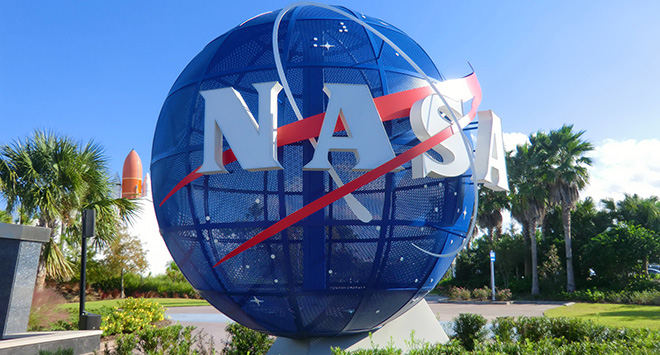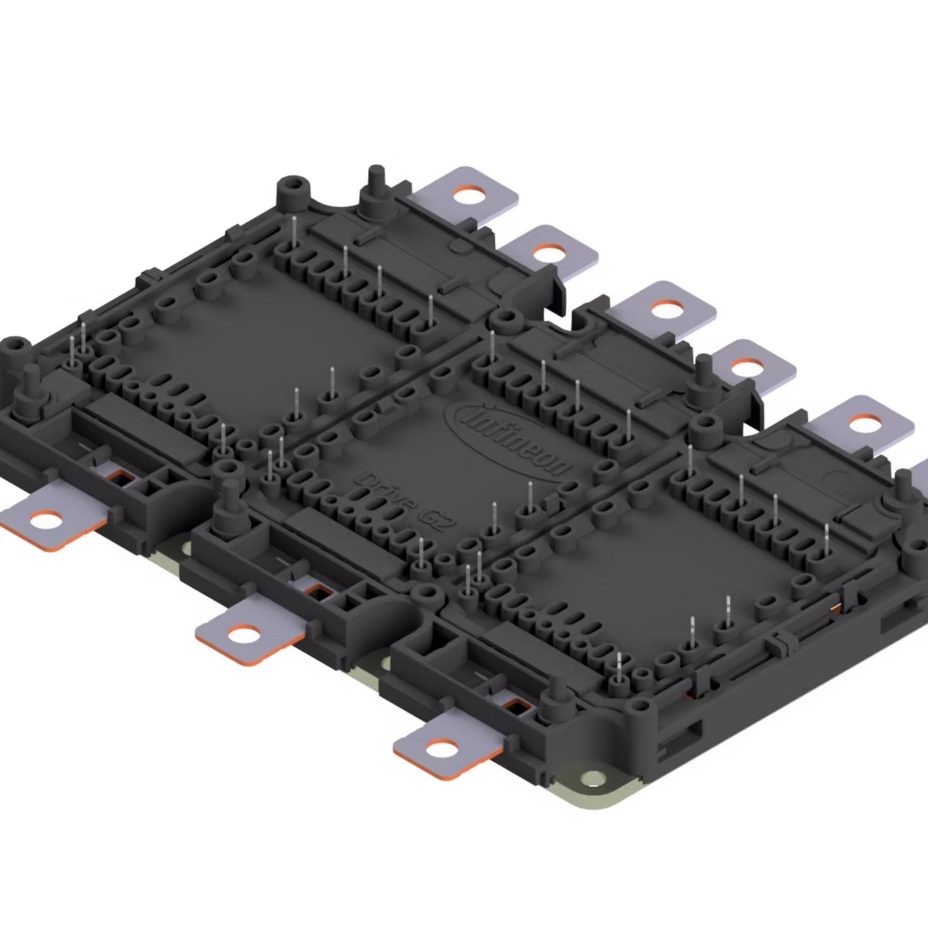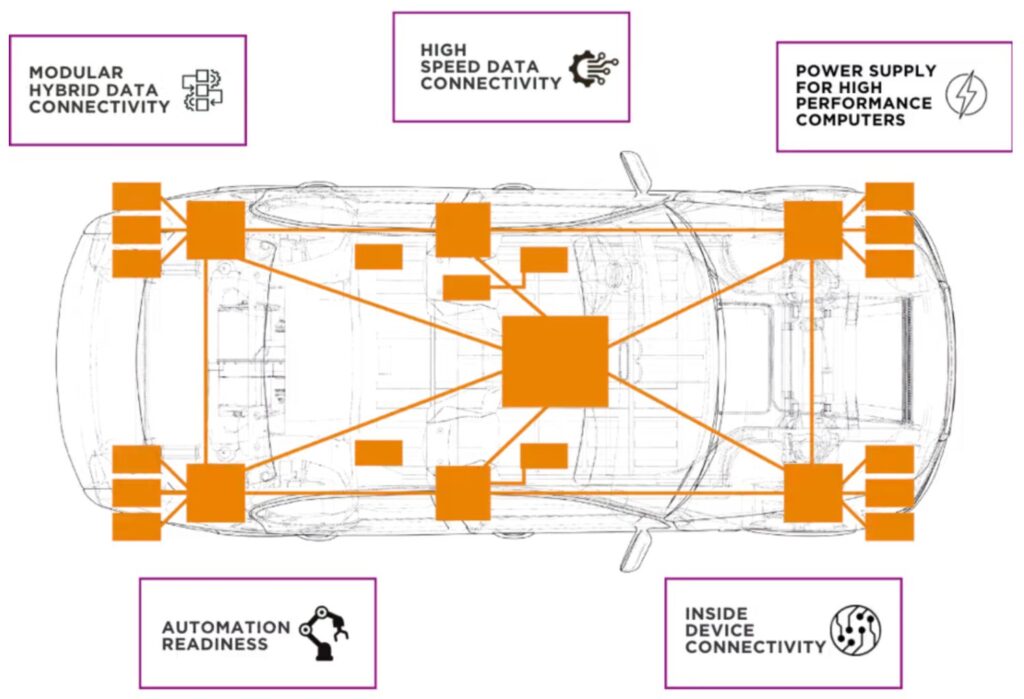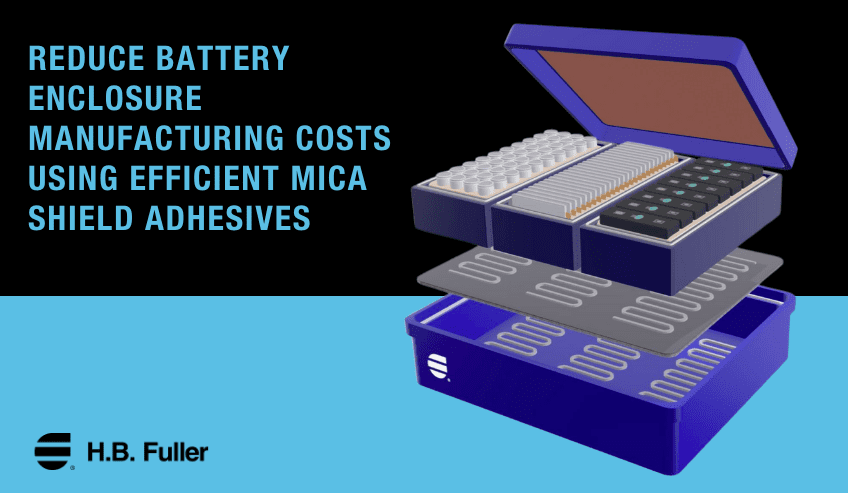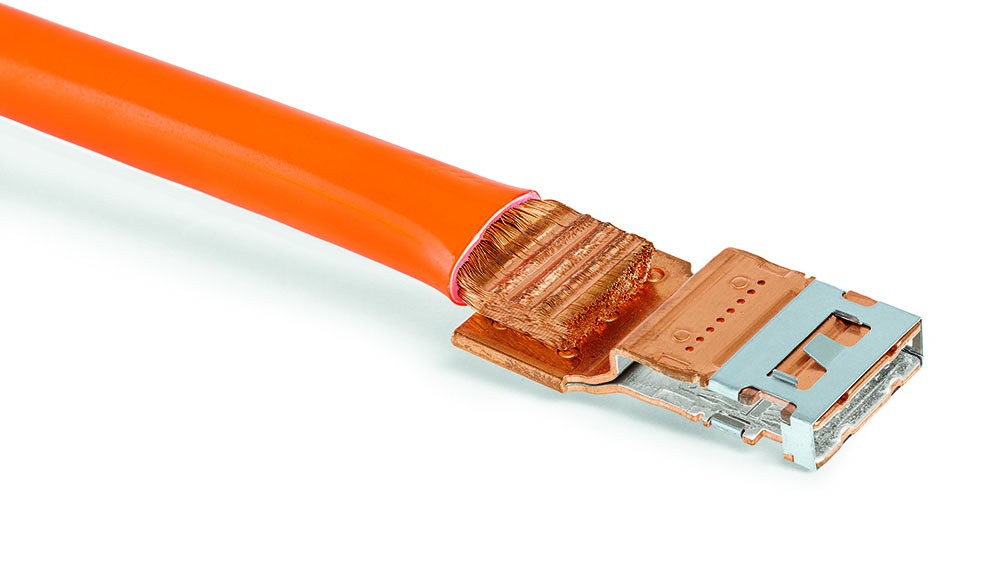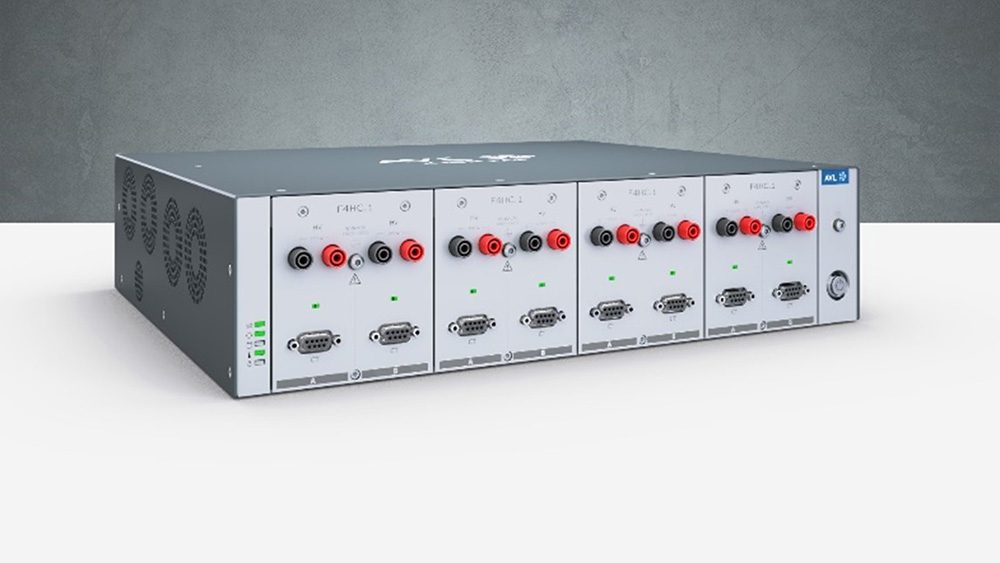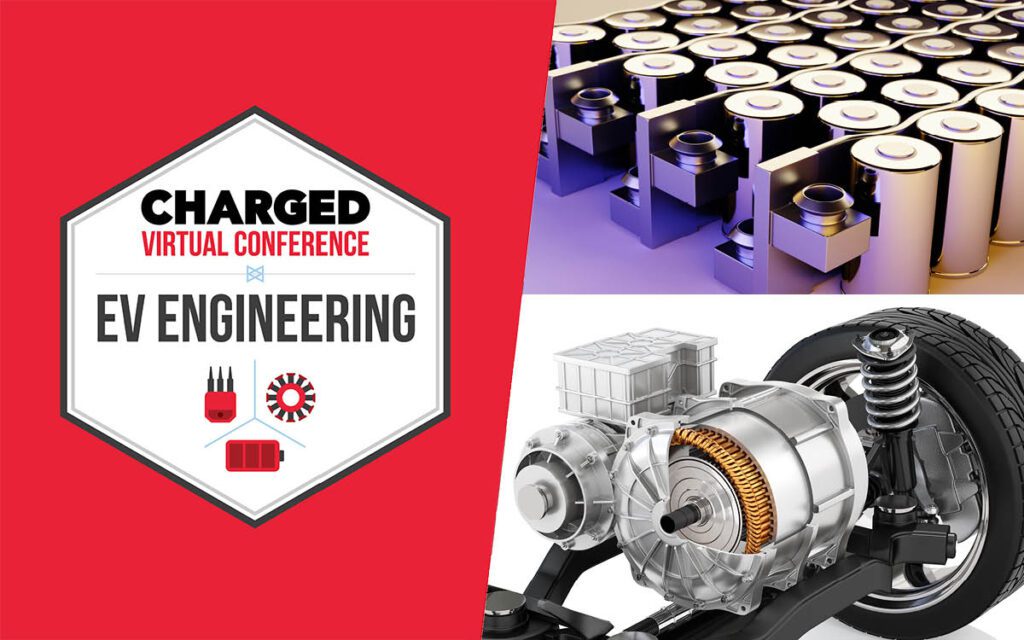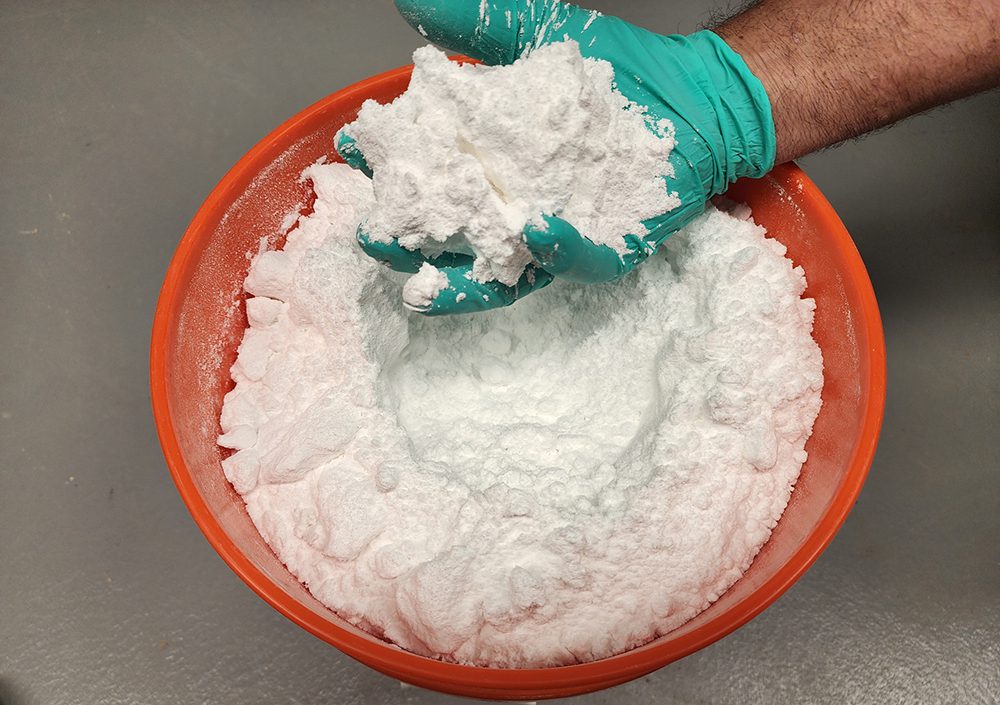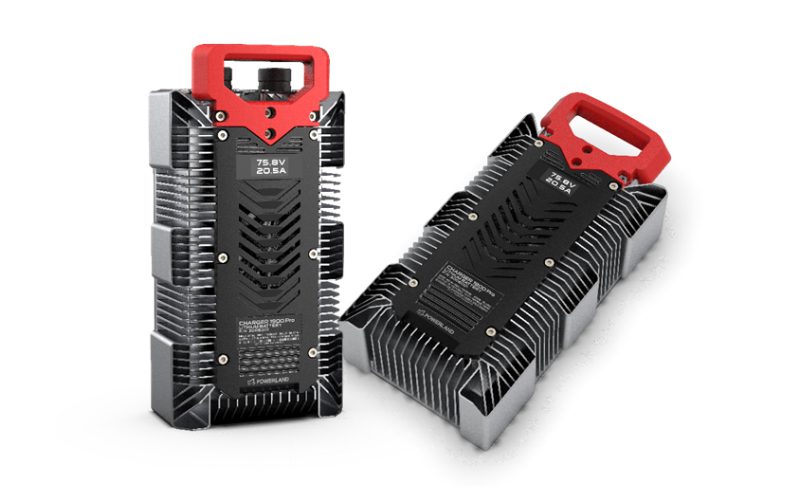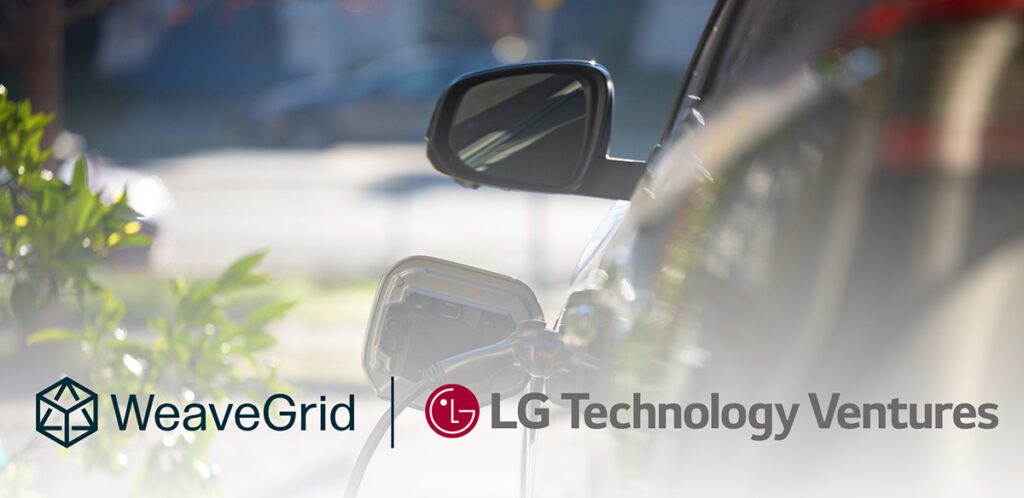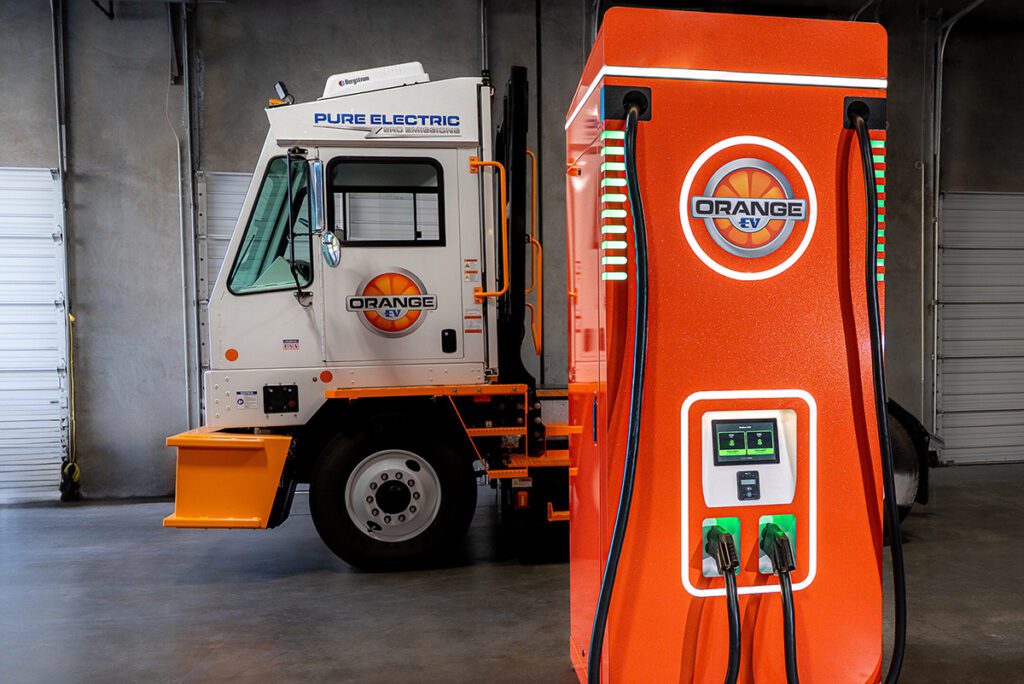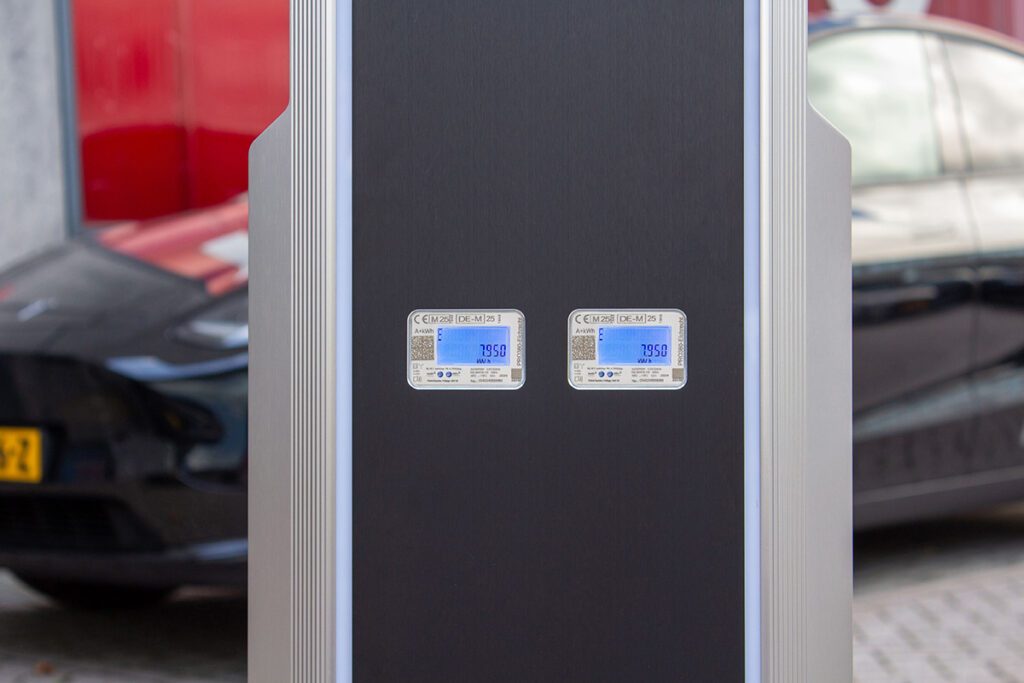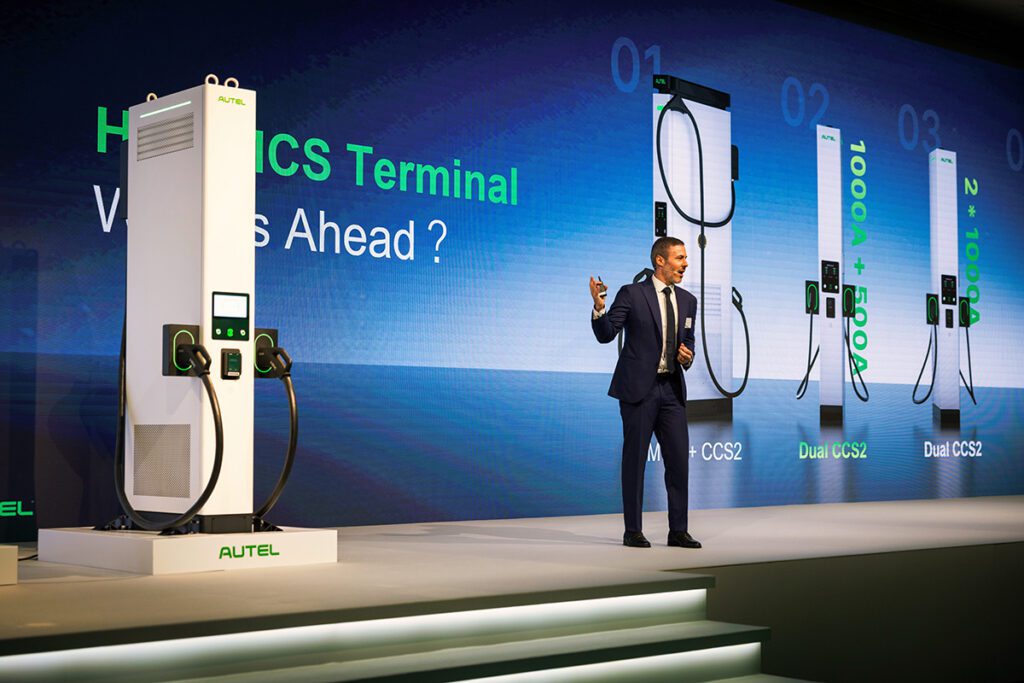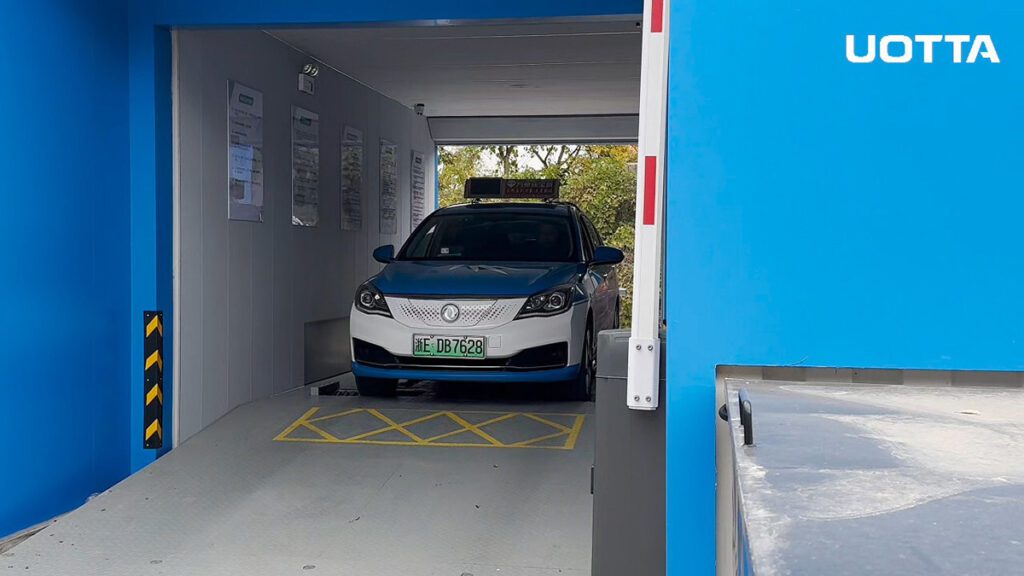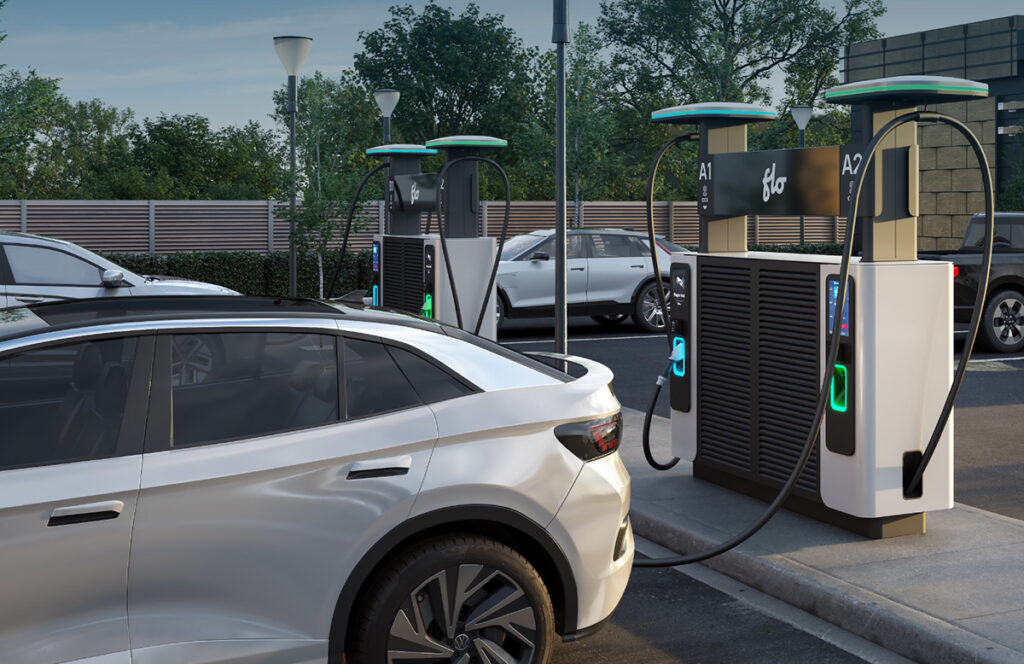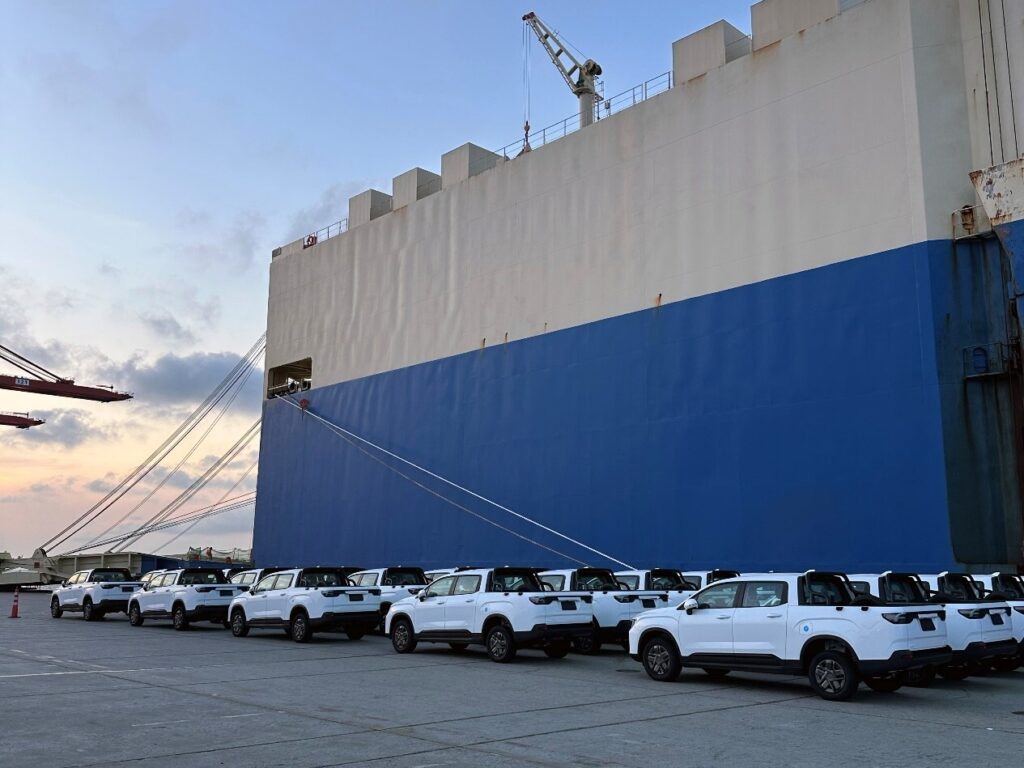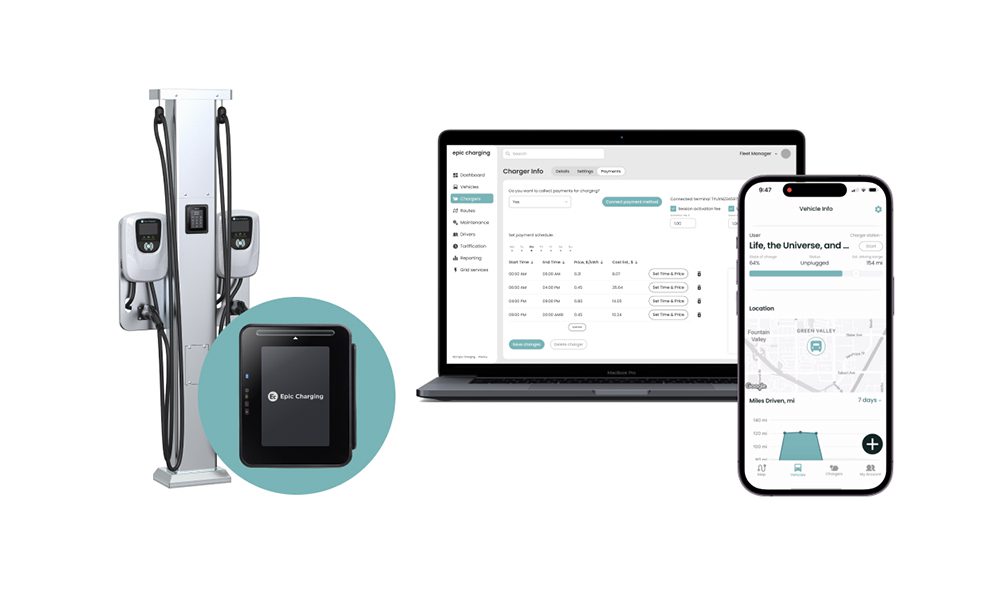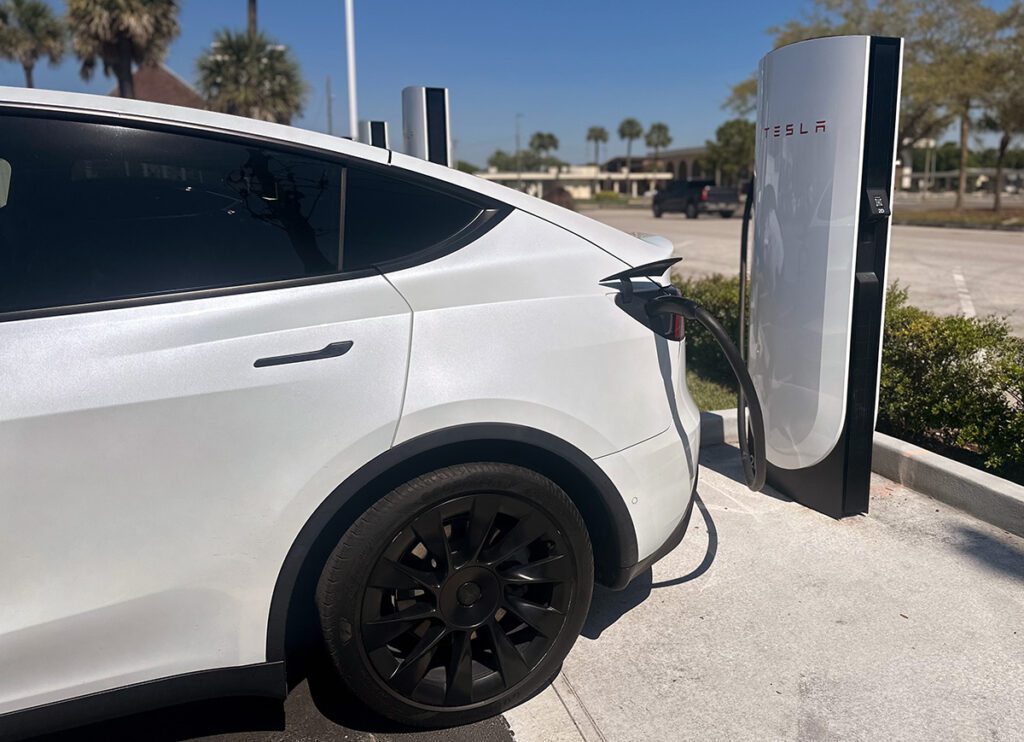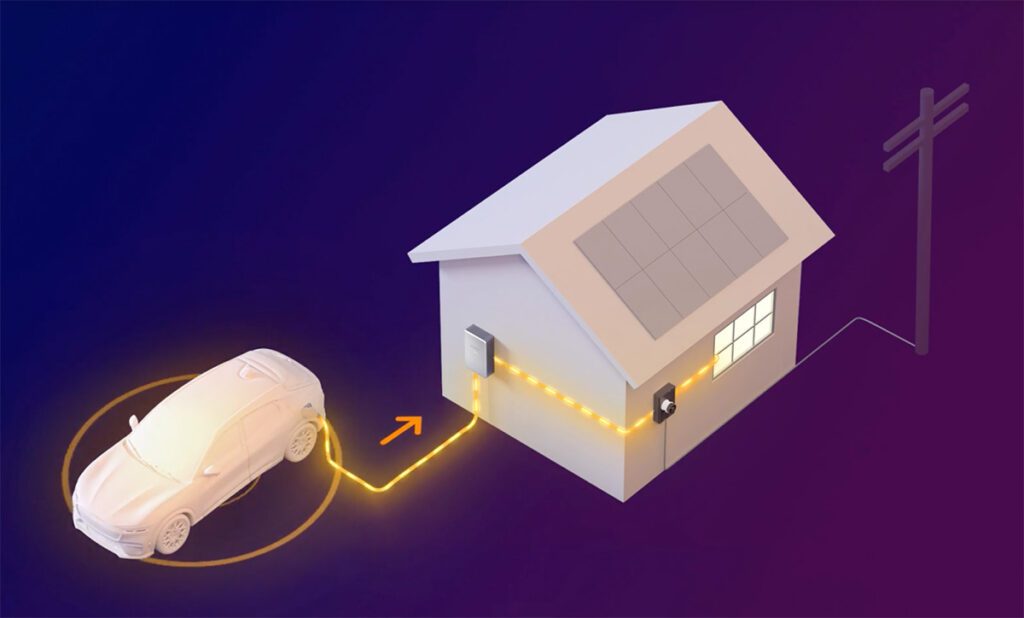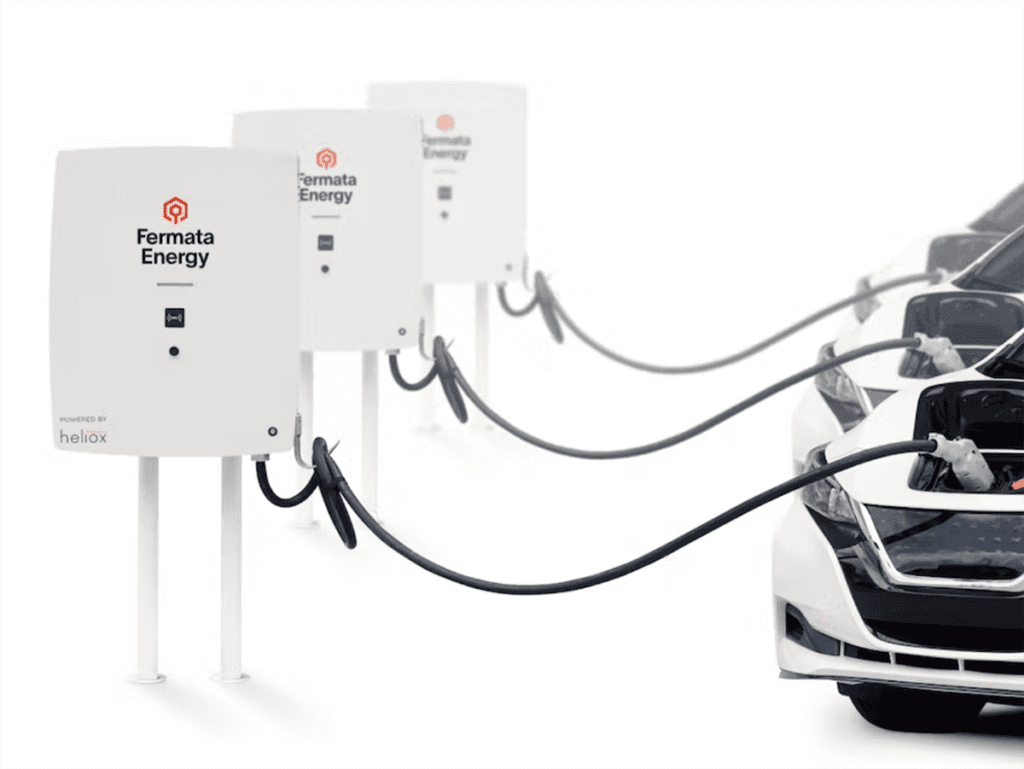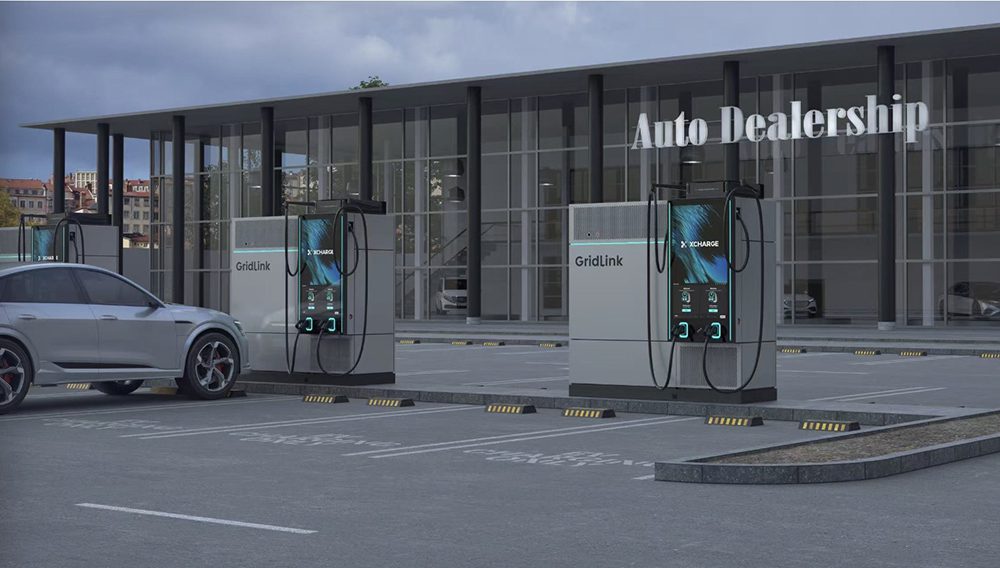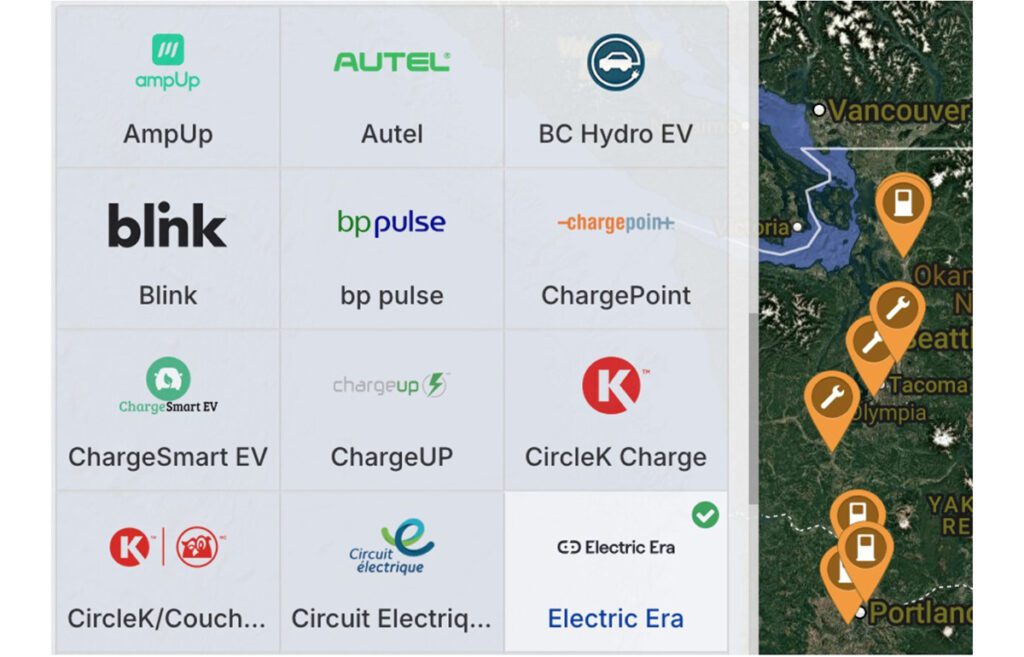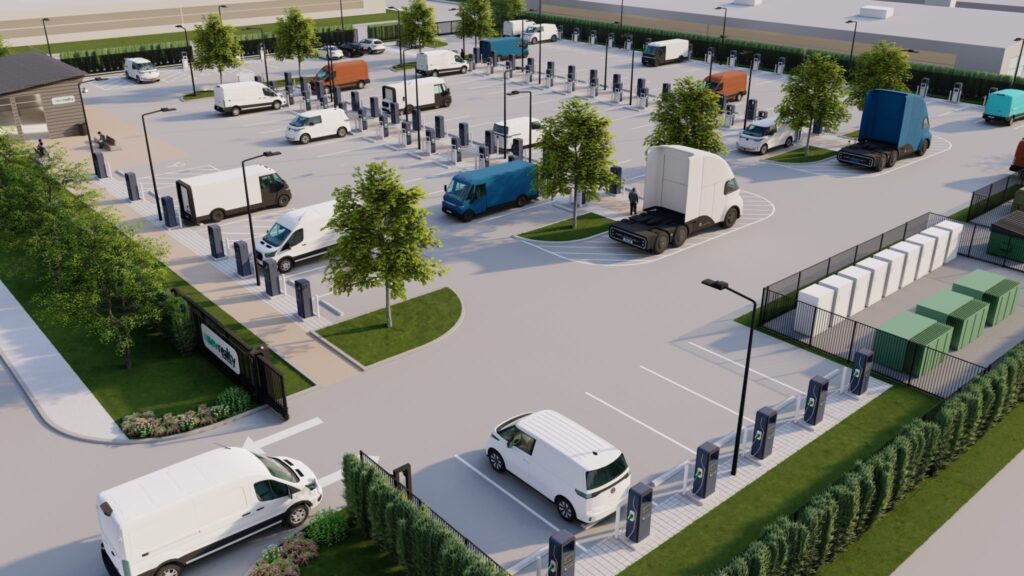There are a number of synergies between space travel and electromobility (just ask Elon Musk). Both pursuits require energy storage devices with high energy density, stringent safety standards, and the ability to operate in high-vibration, extreme-temperature environments.
Developing improved battery technology is a high priority at NASA, and the agency is making significant investments in the field.
In Phase I of NASA’s Game Changing Development program, four awardees received funding to conduct eight months of testing and analysis. Now the agency has selected two proposals for Phase II awards – up to $1 million per award for 12 months – to engineer new energy storage hardware. Phase III will consist of prototype hardware development.
The two awards went to California-based Amprius Inc, for a project called “Silicon Anode Based Cells for High Specific Energy Li + Systems;” and the University of Maryland, College Park, for “Garnet Electrolyte Based Safe Lithium-Sulfur Energy Storage.”
See Also: Former Secretary of Energy Steven Chu joins board of Amprius
NASA’s priority is to eliminate the constraint of power availability for space missions. The selected proposals are expected to lead to reliable power systems that can survive the wide range of NASA missions in harsh space environments, while cutting their mass by 50 percent or more.
“Technology drives exploration, and battery technology is a critical element of that drive,” said Steve Jurczyk, Associate Administrator for NASA’s Space Technology Mission Directorate. “These next-generation batteries will dramatically improve the availability and affordability of the power and energy required for future exploration missions. The development effort will focus on delivering safe, low-mass batteries to enable longer missions deeper into space.”
Source: NASA via Green Car Congress
Image: Reinhard Link (CC BY-SA 2.0)







